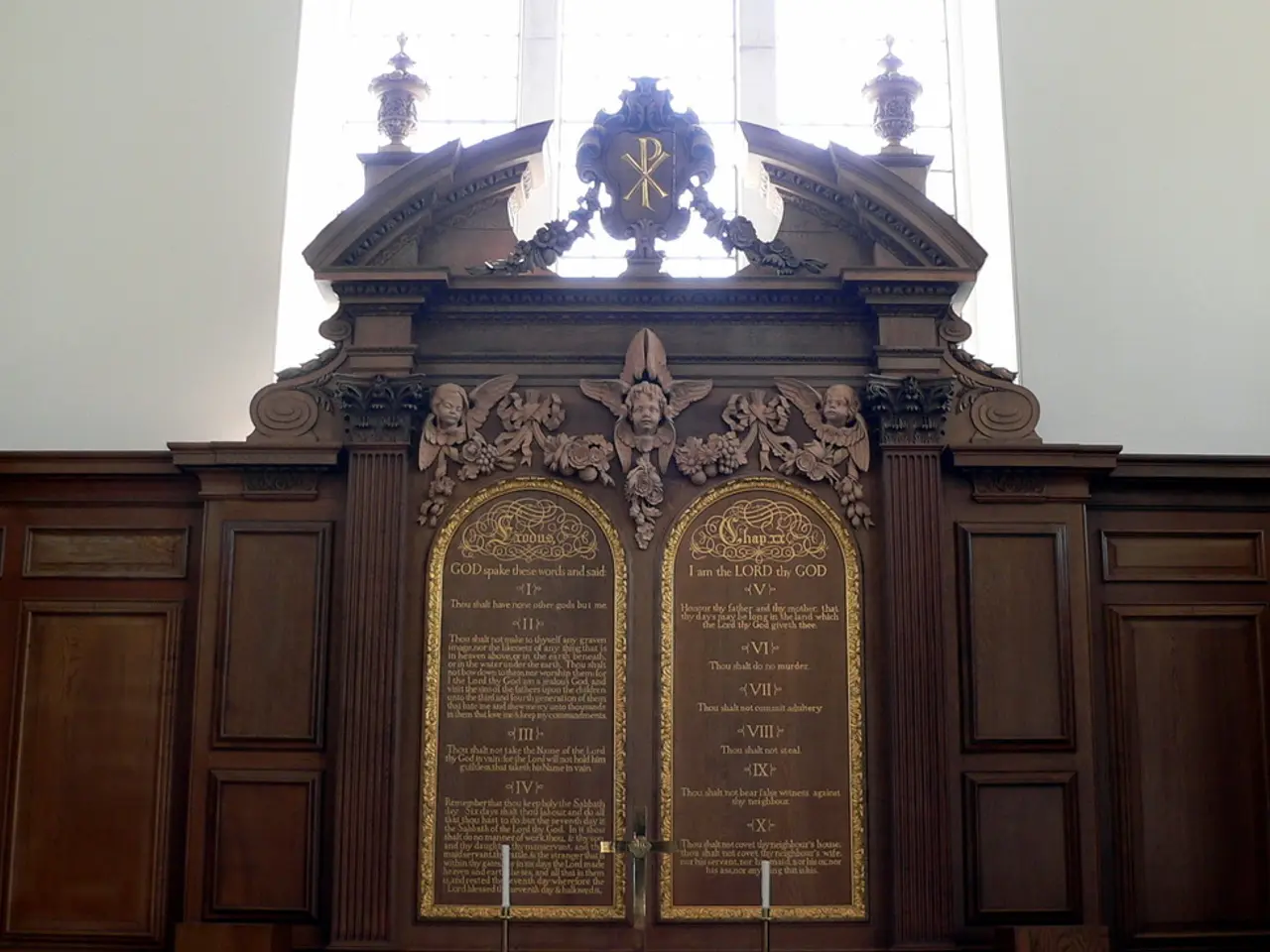Dacian Gold Bracelets Transformed into 3-Dimensional Digital Form by Romania's National History Museum
The National History Museum of Romania is home to the Gold Bracelets from the Orăștie Mountains, a collection of archaeological artifacts that offer a captivating insight into the high craftsmanship and cultural sophistication of the ancient Dacians. These bracelets, made primarily from pure gold and adorned with intricate decorations, provide a window into the wealth, artistry, and social hierarchy within Dacian society.
Discovered in the Orăștie Mountains, a region that served as the heart of the Dacian civilization and the location of their fortified capital, Sarmizegetusa Regia, these bracelets offer valuable insights into Dacian metalworking skills and their aesthetic values. Known for their richly decorated gold and silver jewelry, the Dacians showcased influences from neighboring cultures while maintaining distinct motifs and techniques that marked their unique cultural identity.
These bracelets have significant implications:
- They demonstrate the advanced metallurgical expertise of the Dacians.
- They reflect the economic wealth and social stratification of their society.
- They help historians and archaeologists understand Dacian religious and cultural symbolism, as some motifs suggest spiritual or ritual significance.
- They support knowledge about trade networks, since the style and gold composition hint at connections with other ancient civilizations, including Greeks and Thracians.
The Orăștie Mountains, being the core region of Dacian civilization, contain many archaeological sites with fortifications and artifacts that illustrate the society’s complexity before Roman conquest. These gold bracelets enrich our understanding of Dacian culture by providing direct evidence of their artistic achievements and social structure, complementing architectural and written historical records.
Two Dacian gold bracelets have been 3D scanned as part of a digital preservation project by the National History Museum of Romania (MNIR). This initiative aims to showcase the artistry and cultural significance of Dacian goldsmithing. The spiral-shaped bracelets, typically made from silver but known only in gold from the Orăștie Mountains, are part of this project.
The gold bracelets, emblematic of the pre-Roman Dacian elite, served not only as jewelry but also as symbols of power and status. According to MNIR, the bracelets offer insight into the Dacian monarchy, their wealth, and the complexity of their artistic and cultural imagination. The bracelets, adorned with palmette motifs and animal-head decorations, are currently featured in the museum's Historical Treasure exhibition.
Police investigations estimate that at least 24 gold bracelets were discovered as part of five hoards in the Oraștie Mountains. Unfortunately, some of these bracelets were looted in the early 2000s. Despite this, the remaining bracelets continue to contribute significantly to our understanding of Dacian culture and their interaction with Rome, enriching the historical narrative preserved at the National History Museum of Romania.
- The 3D scanning of the Dacian gold bracelets by the National History Museum of Romania serves as a means to showcase the advanced technology used in digital preservation.
- The discovery and study of the gold bracelets, symbolizing the wealth and power of Dacian elites, provides valuable insights into the development and use of artificial-intelligence in understanding Dacian culture and their interactions with other ancient civilizations.




